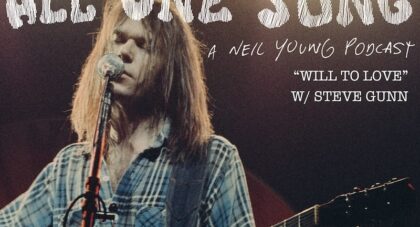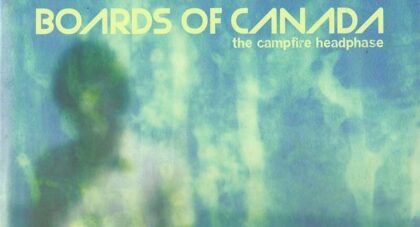Swedish composer and multi-instrumentalist Thomas Almqvist's 1979 debut, Nyanser, is a Nordic masterpiece of folk, fusion, and world music. A guitarist first and foremost, he plays the record largely himself, his patient and winding passages often leading the sojourn across the album’s majestic thirty-eight minutes. He also lends his hand at Rhodes, flute, synthesizer, tabla, bass drum, Amadinda, and all manners of percussion, the virtuosity of his playing spiritedly matched with the fervent erasure of genre—flowing freely between folk, jazz fusion, synth-pop, new age guitar, and heady dives into percussive, tribal chants . . .
Only the good shit. Aquarium Drunkard is powered by its patrons. Keep the servers humming and help us continue doing it by pledging your support.
To continue reading, become a member or log in.


